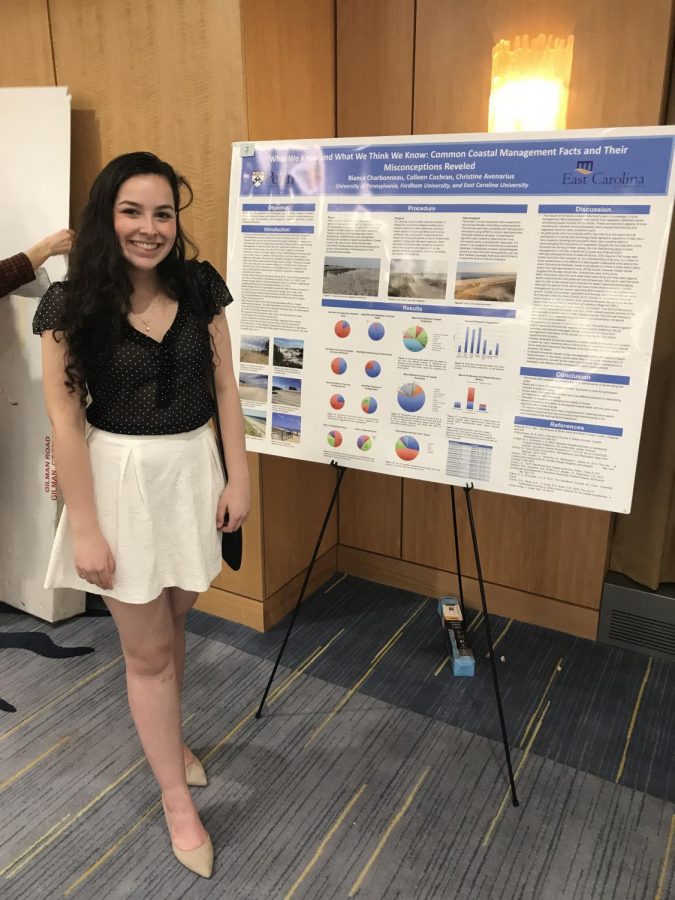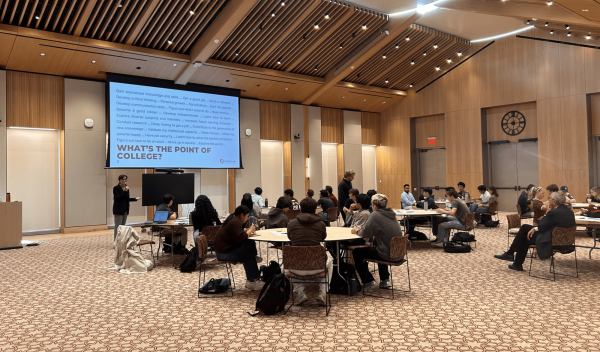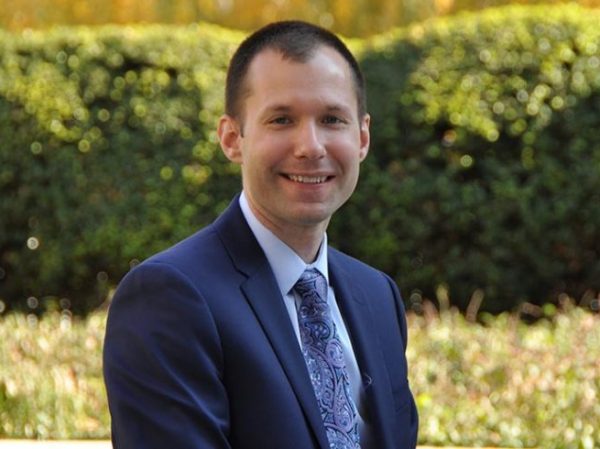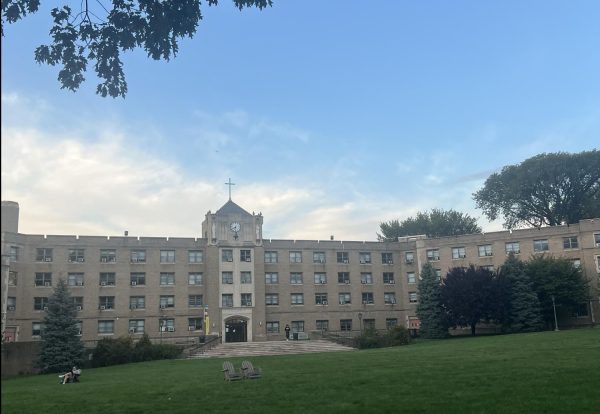Research: Sophomore Works on Coastal Management Research
By Eliot Schiaparelli
Colleen Cochran, FCRH ‘21, plans to create environmental policy in order to change the way America views coastal management and climate change. If her work up until now is any indication, she is certain to make waves – or minimize them.
When Cochran was 13, she saw the effects of climate change firsthand during the aftermath of Hurricane Sandy.
“I saw all this fantastic scientific research surrounding coastal management, but I didn’t see that being implemented into the policy around me,” she said. “It was something we hadn’t really experienced before, but I think with climate change we’ll start to see stronger and more frequent storms. So I think it’s really important that we know how to react to these storms, and, from my personal experiences, I don’t feel that we do.”
Cochran began her first research project in high school. Under the mentorship of Bianca Charbonneau, she researched natural plant recolonization after storms. The experiment took place in New Jersey at Island Beach State Park, just an hour from her home.
After that experience, Cochran was hooked. In her second semester at Fordham, she joined Dr. Steven Franks’ Plant Evolutionary Ecology Lab. She then began her second research project looking at photosynthesis patterns of a key management species at Island Beach State Park.
That key management species was Ammophila bicuiligulata or (as Cochran calls it familiarly) Ammophila. However, its common name is American beachgrass, and it is used for dune protection. The long root structures anchor the plant, and its long leaves catch wind-blown sand, preventing it from blowing away.
Cochran’s project studied the diurnal and seasonal photosynthesis patterns of the plant. Dunes can create stressful conditions for plants because of seaspray, heat, lack of fresh water and exposure to the elements. American beachgrass and Asiatic Sand Sedge are some of the few plants that can survive there.
In Asiatic sand sedge, photosynthesis fluctuates throughout the day to conserve energy so the plant can survive. Cochran hypothesized that American beachgrass would follow the same pattern, but instead she found the plant continues to photosynthesize even through the hottest parts of the day.
According to Cochran, this goes to show what a fantastic species American beachgrass is for coastal management. Cochran sees these plants as a long-term solution rather than a band-aid solution like sand replenishment.
Cochran was able to work on this study as a result of two FCRH research grants and help from Dr. Franks. She said she is deeply appreciative of the research opportunities Fordham offers and has encouraged friends to submit research proposals.
“Specifically at Fordham, there are so many professors who do such wonderful research and I think if there’s a professor whose research you’re interested in, then 100 percent reach out to them,” she said. “They would love to hear from you.”
Cochran has been able to present her research at plant ecology and coastal conferences. Last year, she presented at the International Conference on Sustainable Cities sponsored by Fordham, NYU and Columbia. She was the only undergraduate researcher to present, and she was only a freshman. The coastal management project she worked on last year has also been accepted for publication in the Journal of Environmental Management.
“It’s a very rewarding process to just spend so much time on this – especially to be able to submit something for publication and have a piece of work that you’re very proud of and I think will contribute a lot to the scientific community,” she said. “This publication that we’re submitting now is for in-depth policy makers, so hopefully it will create more sustainable coastal management solutions that will be better for our environment and anyone who is living close to the coast.”
Cochran is majoring in economics with a double minor in environmental studies and sustainable business. She believes her background in research will help her develop political, economic and societal solutions to pressing issues when she makes the move to policy making.
“There is so much wealth of information in the scientific community,” she said. “And the scientific community understands these issues, so it’s more a matter now of translating that knowledge to the community and to the policy makers.”















































































































































































































